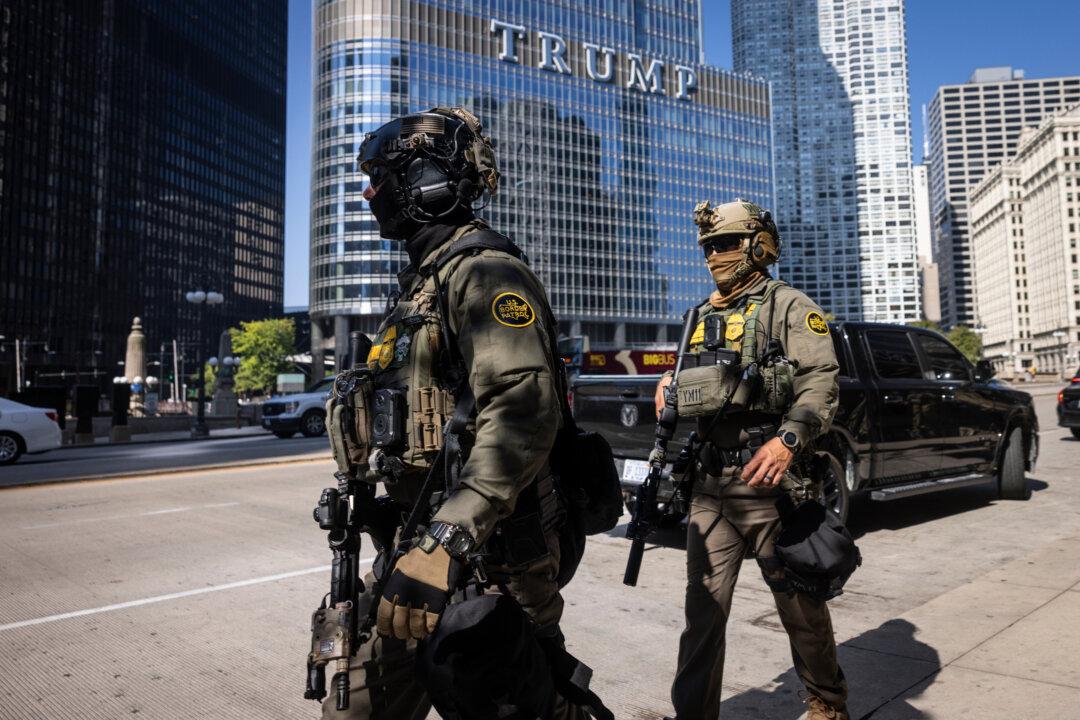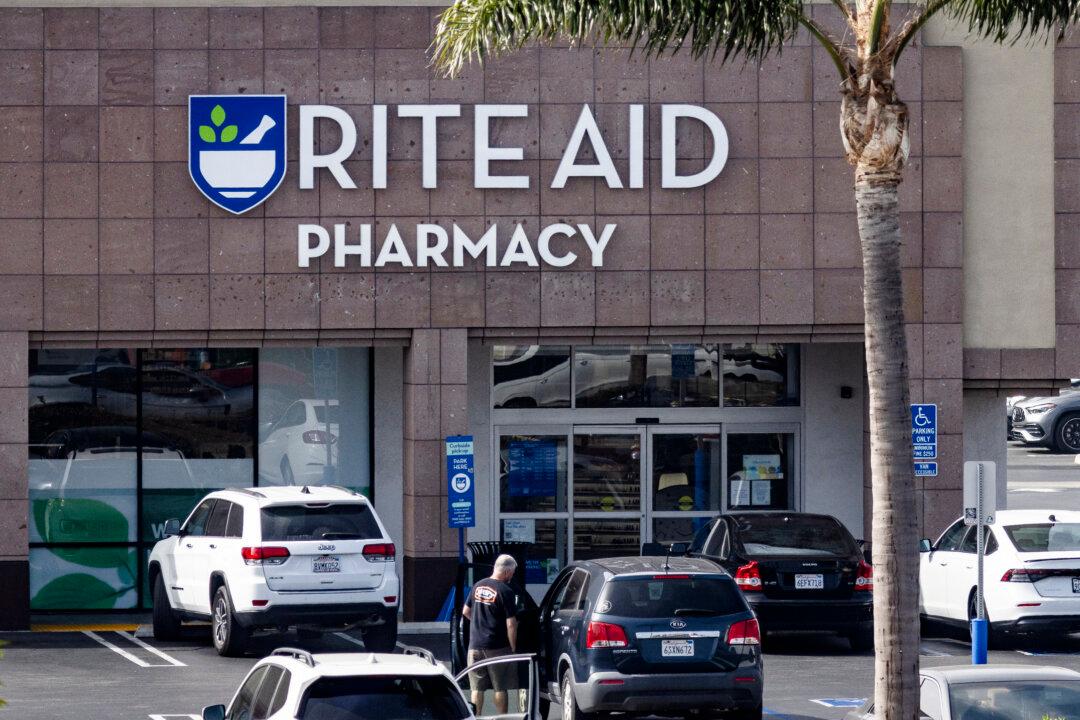The lighting-fast collapse of Silicon Valley Bank—the second-biggest bank failure in U.S. history—is fueling questions among everyday savers and retail investors about possible impacts on their finances, even if they didn’t have any deposits at the failed bank.
Last week’s meltdown of Silicon Valley Bank (SVB) and days later the collapse of Signature Bank (the third-biggest bank failure in America’s history) were met with an emergency response by U.S. financial authorities.





